In Suriname Boni is the most famous slave rebel leader. His story is taught in school and everybody in Suriname knows about Boni.
(Please note that the Boni war was going on after the Ndyuka & Saamaka already made peace treaties with the Dutch colonials )
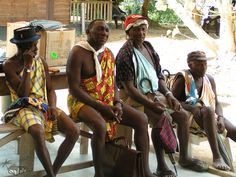
Boni was the leader of a group of several small maroon tribes, which we know today as the Aluku. The Aluku now live for the most part in St. Laurent, Guyane(Border town east of Suriname),along the Marowijne river, (Maroni in French).
Some maroon warriors according to a sketch from the period (John Gabriel Stedman):
The Aluku did not sign a peace treaty with the colonials despite several attempts by the dutch colonials until pretty much the emancipation of slavery. The main reason the story of Boni stands out is because it is the most well documented account of the Suriname slave revolts, thanks to the writings from that period of John Gabriel Stedman, who was hired as one of hundreds of soldiers from Europe to fight Boni.
It must be noted that the Saamaka & Ndyuka among others fought very successfully as well. The accounts of those battles is not well documented. What is known is that they used the similar strategies as Boni and it is likely that the Aluku learned those strategies from the other rebel warriors.
There are several variations of how Boni got his start. I will stick the version that is supported by maroons themselves.
Boni’s mother was being used by her master for his personal pleasure. Eventually she became pregnant and when it started to show, her masters wife made no idle threat that she would punish her real good. This was a no win situation for her.
She made the only decision that she knew to make, which was to flee, rather than face possible cruel death of her and her unborn at the hands of her master’s wife. According to maroon legend she was guided through the jungle which was unfamiliar to her, by a spirit, winti. After days of being on the run she reached a river, in which she almost drowned from exhaustion had it not been for the help of a small group of maroons who were fishing in the area.
They saved her and she explained her story to them, how she was led by a power she never felt before, directing her to the place where she almost drowned. They accepted her in their community and this is where Boni grew up.
So Boni grew up as a free man and early on showed real strong leadership skills as he joined the group in their many attacks on the plantations. Eventually they all recognized him as their leader and he became the most feared maroon warrior in the Dutch colony.
Fort Boekoe
One of the most revered stories about Boni was the story about the Fortress, Fort Boekoe(bookoo). The name Boekoe means dust, signifying the maroon motto. Rather dead than slave. Or I rather turn to dust. You see the penalty for a maroon was death by burning.
Fort Boekoe was a fortress build by Boni & his men, in an area of the Cottica river. It was build in the middle of swamp on an island and was very hard to attack. This technique, of building a fortress in the middle of a swamp was used before by other maroons according to history.
The fortress was made completely out of wood. The outside wall was made of thick wooden palisades. This was Boni’s command post from where he would launch his attacks on the plantations. His ammunition was also housed here, which included guns pistols and cannons.
So it was a fairly large island with villages and Fort Boekoe was used as army barracks and a refuge against the Dutch colonial army attacks.
The swamp itself was fairly deep and an adult sized male would stand in chest high water in the swamp. You can imagine how vulnerable the army was if they tried to capture Fort Boekoe.
Here is an image of soldiers trying take Fort Boekoe. The sketch is from the period book by John Gabriel Stedman.
Below is a picture of the the area where Fort Boekoe stood. There is little left of the fortress itself because it was made of wood, but you can maybe get an idea of the size and the landscape. The middle area is the swamp, to the right is the shore from which the Dutch colonial army came and to the left is the camp where Fort Boekoe stood. As you can see it must have been quite an undertaking.
Here is a map by the Dutch colonial army:
There was only one way to safely reach Fort Boekoe and that was over a secret path which was created under water, so that it was not visible from shore. In addition Boni made some dummy paths which ended in the middle of the swamp.
The colonial army’s first attempt at capturing Fort Boekoe ended in embarrassing defeat for the Dutch colonials. Boni captured those soldiers who could net get away and executed them.
The Dutch colonial government decided to change strategies and basically bought hundreds of slaves whom they promised freedom after the mission was successful. They where called the “redi moesoe” (rih dee moo soo) which means red hat, because of the color of their uniform. “Redi moesoe” to this day is an insult signifying traitor, however it’s not like they had much of a choice. The Dutch colonials used slaves before to fight the maroons but a lot of them either ended up escaping, joining the maroons or turning their hands against the Dutch colonial army.
So with the promise of freedom they hoped to gain more loyalty from the slaves and it worked.
After a long siege of 5 months, the second attack, bolstered by the redi moesoe, was a success in so far as it destroyed Fort Boekoe. However Boni and most of his soldiers managed to escape and In fact they continued attacking plantations not long after they lost Fort Boekoe.
This is obviously a short version of a story full of intrigue, twists and turns, worthy of a movie!
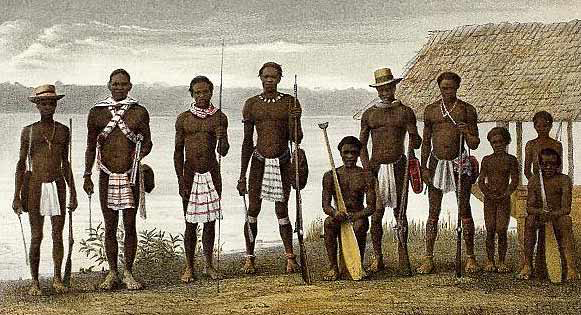
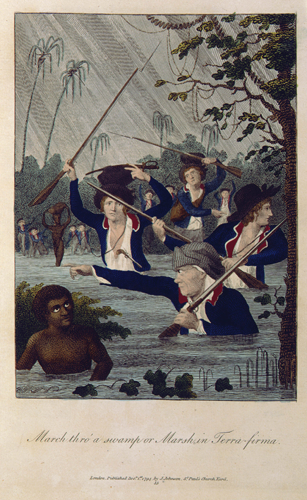
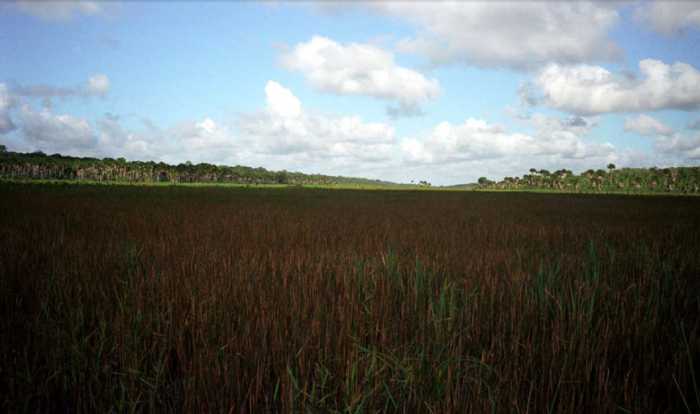
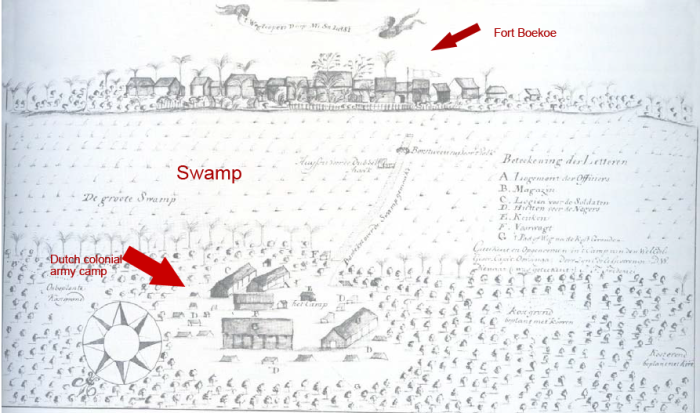
[…] Aluku(Boni) […]
LikeLike
Good that the story is told here
LikeLiked by 1 person
I was reading Behn’s Oroonoka the Royal slave sited in Surinam and came across this most interesting article on Boni. I would like to find out about other slave revolts in Surinam. I found the story of Boni most interesting. Thank you
LikeLike
May the spirits of revolt and freedom continue to rise in Afrikans globally. ABIBIFAHODIE!!! Ase!
LikeLike